The article begins with examples of the health benefits of dance by mentioning 92-year-old swing dance legend Frankie Manning who taught 40-weekends a year, and 93-year-old Dick Van Dyke "vigorously tap dancing atop of a desk" in Mary Poppins Returns. It then lists one study after another recommending dance at any age level-- “Dancing increases cognitive acuity at all ages. It integrates several brain functions at once — kinesthetic, rational, musical and emotional — further increasing your neural connectivity,” said Richard Powers, a social and historic dance instructor at Stanford University.
You can learn more here-- where free Jitterbug! Educator Manuals based on the National Core Arts Standards are available for Dance, Music (Ensemble and Composition strands), Theatre, Literature, and History/Social Studies.
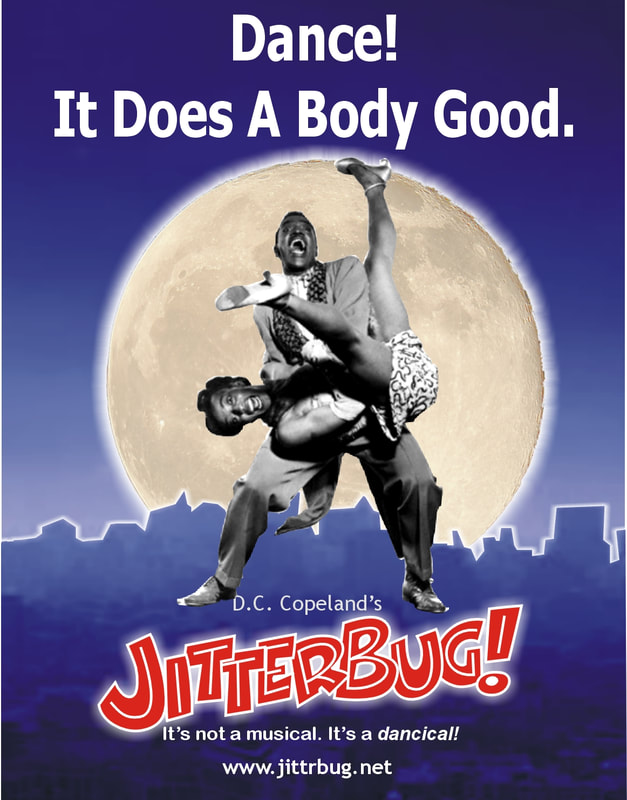
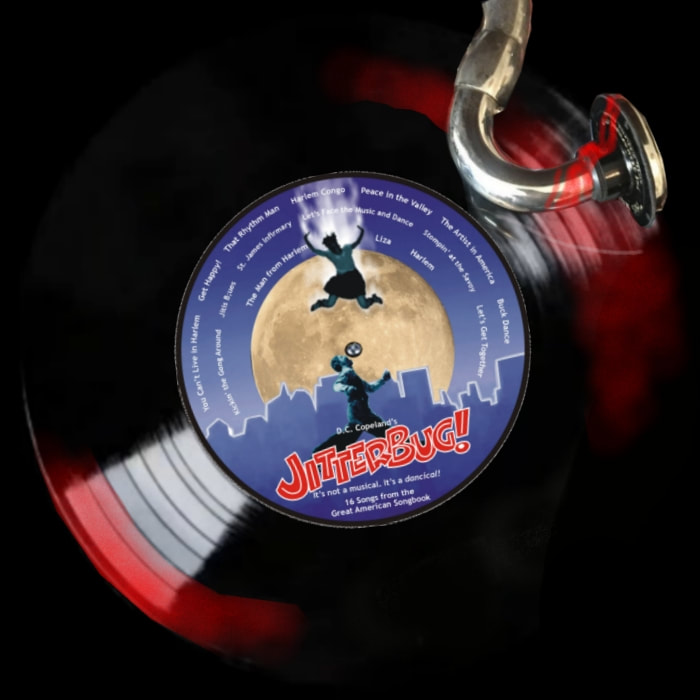
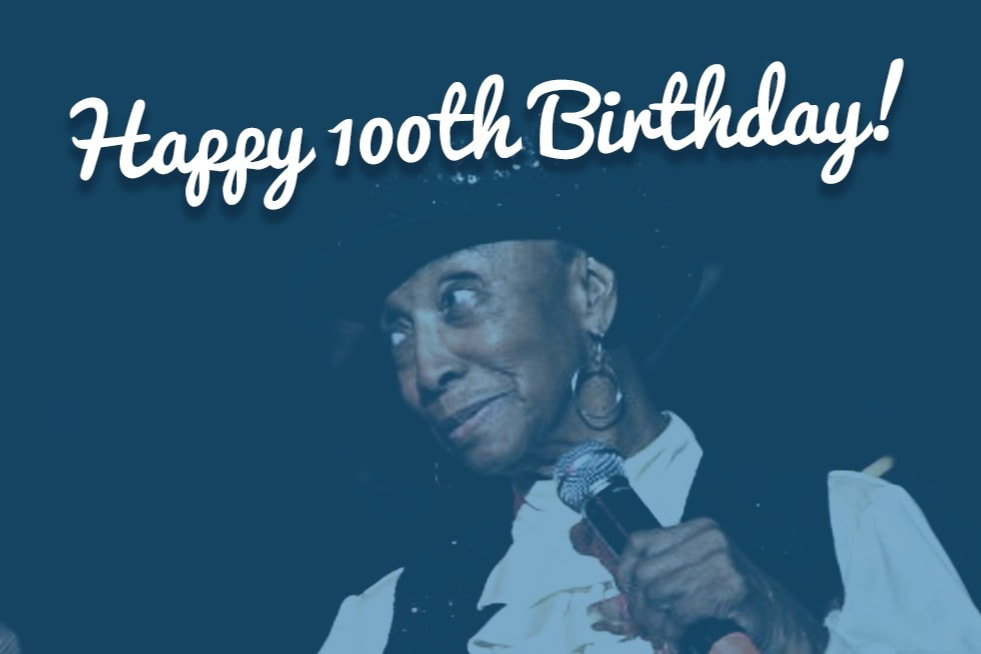
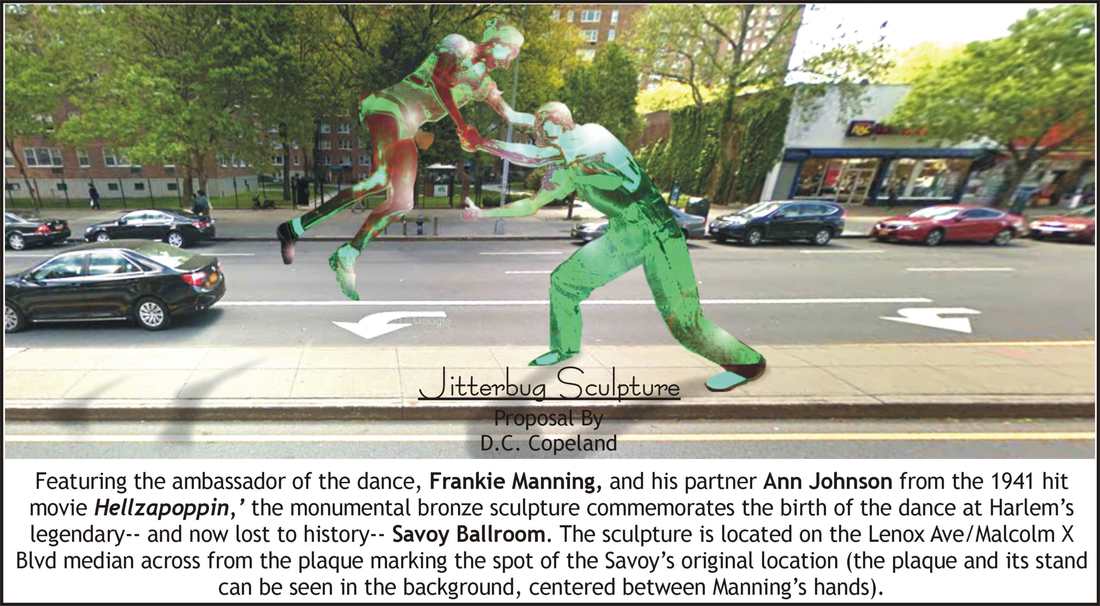
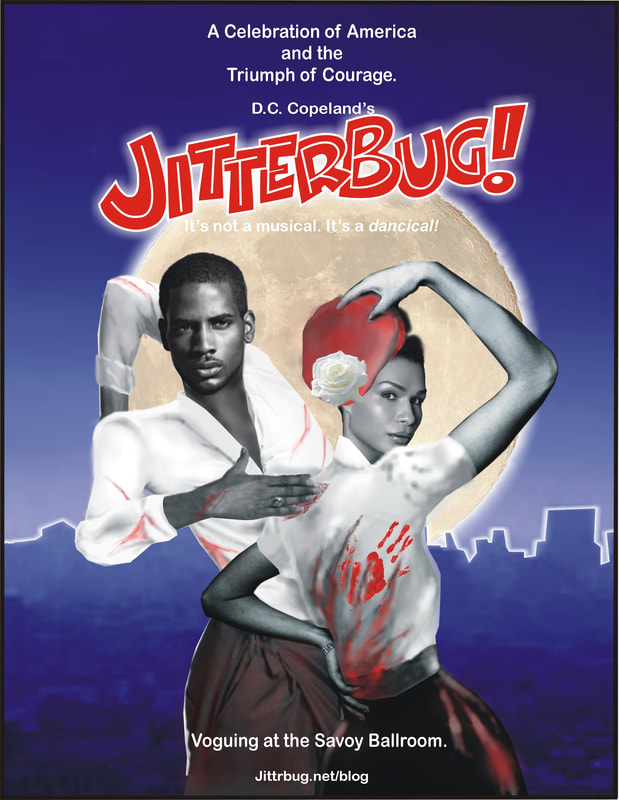
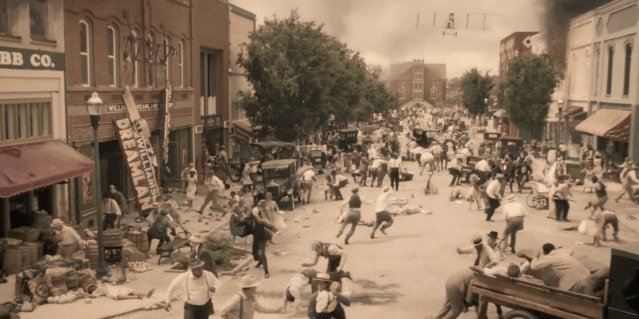

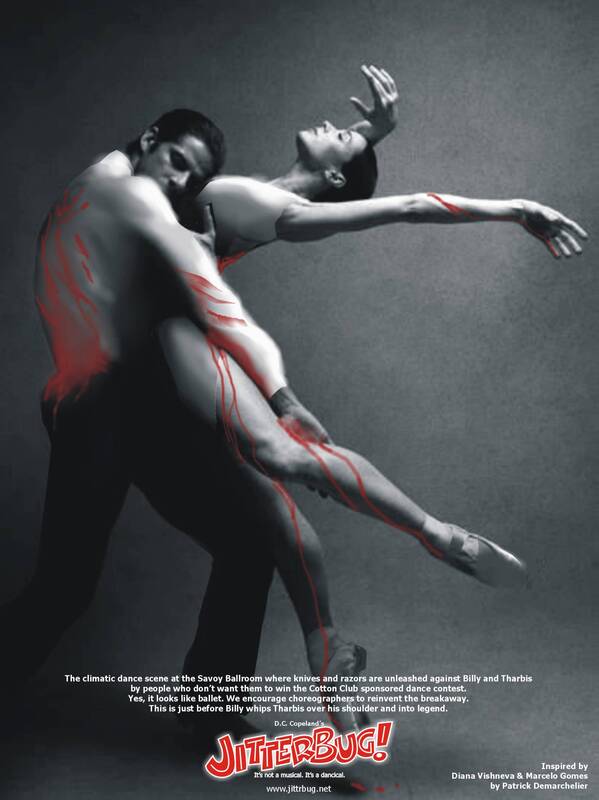
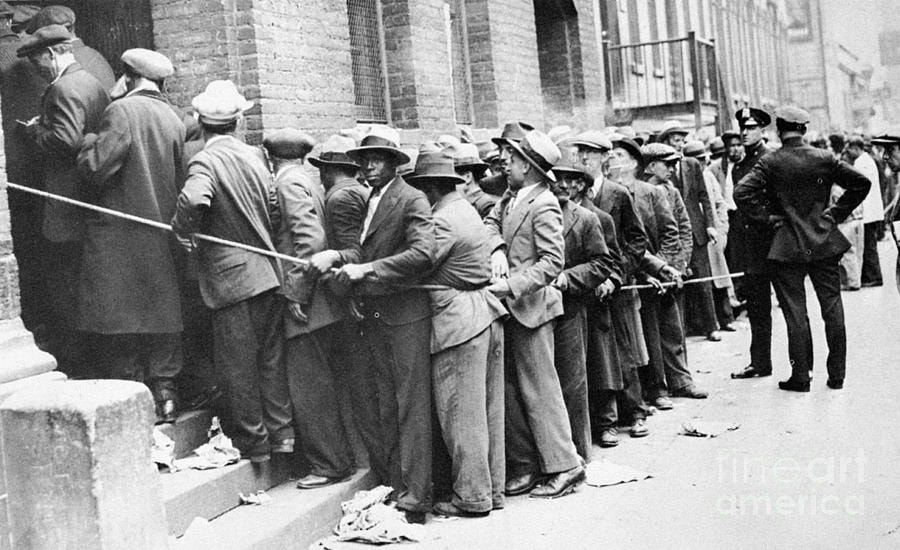
 RSS Feed
RSS Feed
